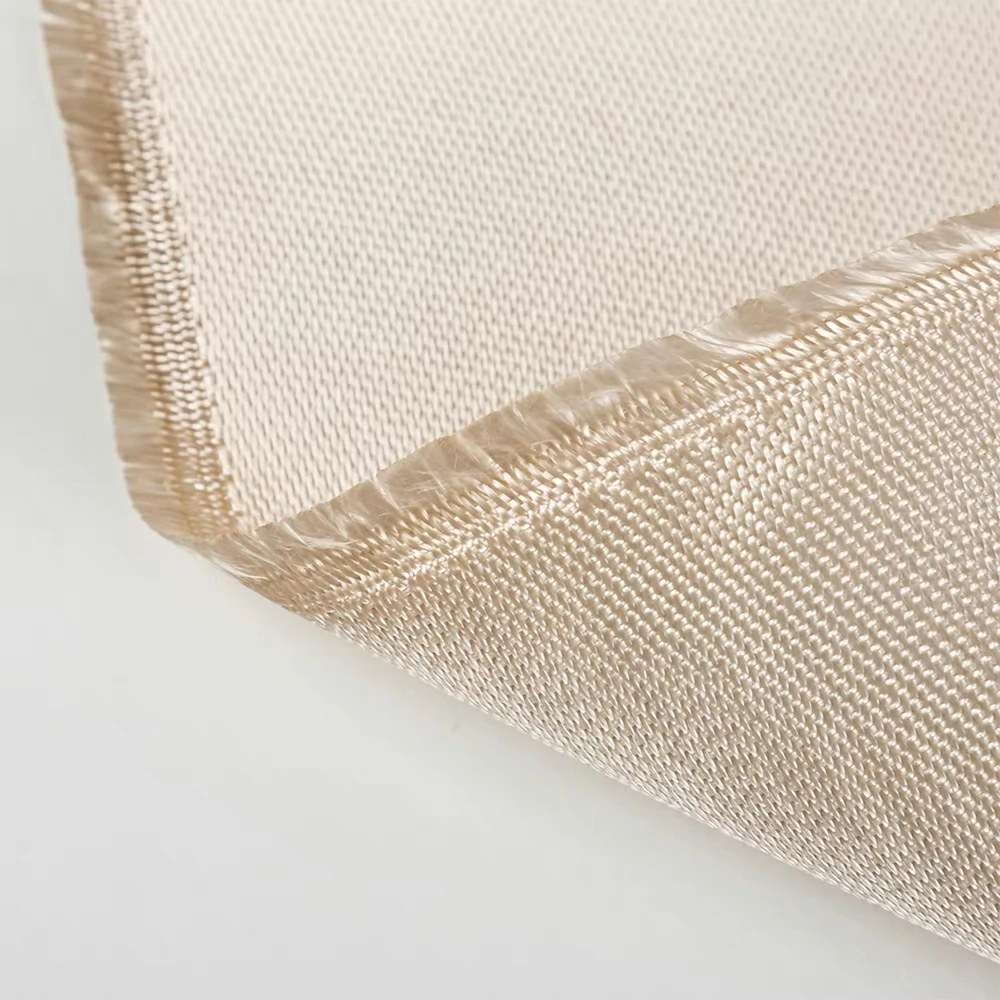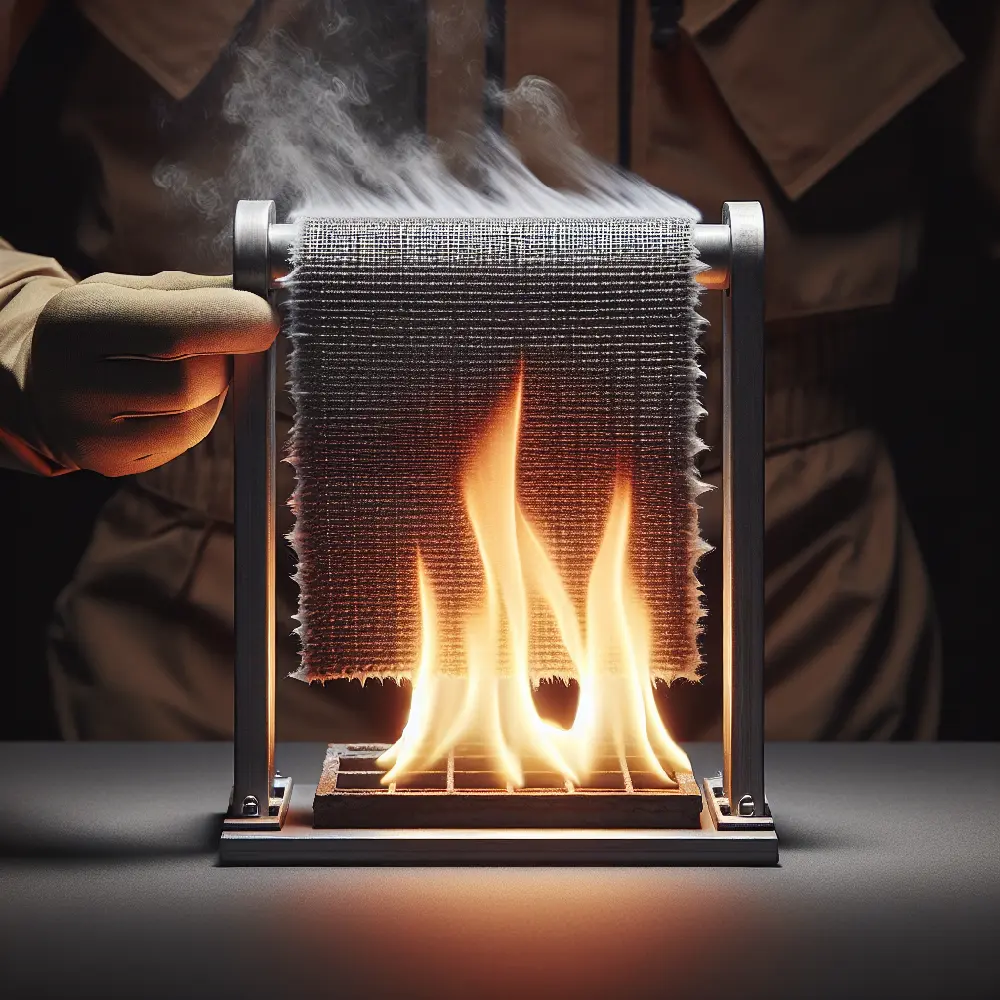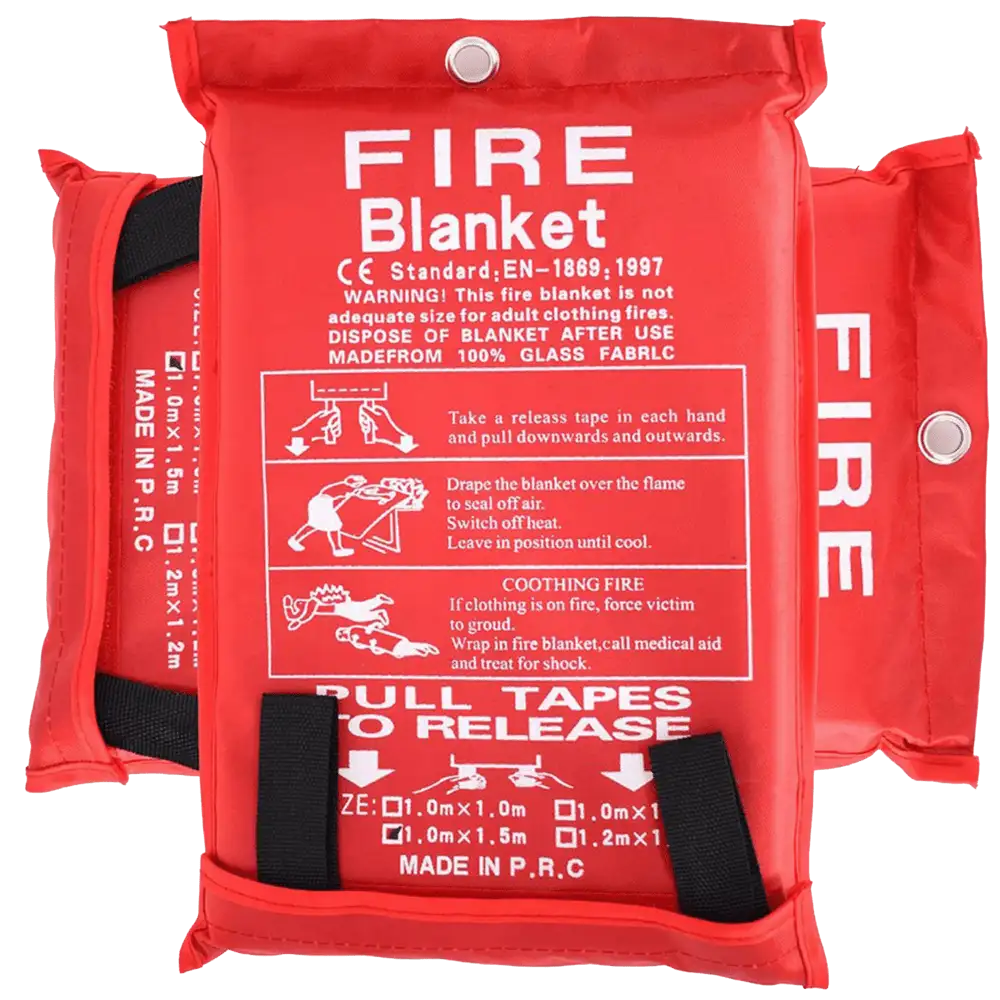Introduction to Heat Reflective Materials
As early as in primitive society, humans' first problem was not food but temperature.
Before the advancement of science and technology to study the three elements of thermal management, people only pursued thicker, thicker, or thicker in thermal insulation.
What Are Some Reflective Materials That Keep Heat Out?
The importance of energy-efficient solutions in residential and commercial environments has led to the development of various reflective materials that keep heat out.
These heat barriers offer excellent protection against radiant heat, improve energy savings, and provide a comfortable living or working environment.
So what material reflects heat?The following are the commonly used materials that Heaterk has compiled for you based on years of industry experience:
Aluminum Foil: Aluminum foil is a widely used insulation material due to its excellent heat-reflective properties. It efficiently reflects heat radiation, reducing heat transfer and providing an effective barrier against radiant heat. This affordable and versatile material can be found in various insulation products and applications.
Heat Reflective Fabrics: Heat-reflective fabrics are designed with specialize fibers or coatings that reflect heat radiation and visible light. These materials offer excellent resistance to heat transfer and can be used in various applications, from clothing to industrial equipment.
Radiant Barrier Insulation Material: Radiant barrier insulation materials are designed to reflect radiant heat, providing a barrier against heat transfer. These materials typically consist of a reflective surface, such as aluminum foil, bonded to a substrate like paper, plastic film, or cardboard. They offer impressive energy savings by reducing heat gain or loss.
Low-Emissivity (Low-E) Glass: Low-E glass is an innovative heat barrier that effectively reduces heat transfer through windows. It features a thin, transparent coating that reflects infrared radiation and visible light, minimizing heat gain in the summer and heat loss in the winter. Low-E glass contributes to significant energy savings and enhanced comfort.
Until the early 2000s, three modes of heat conduction were discovered: heat transfer, heat convection, and heat radiation.
For reflective materials, the reflectivity of thermal radiation is the best indicator to measure the thermal reflection performance of materials.
This article will list top 3 of the best heat reflective materials for you.
TOP3 Glass Panel with Reflective Coating(73%)
Glass panels with gold, silver, aluminum, copper, and other metal coatings have good heat radiation reflection ability in sunlight. When there are specific requirements for visible light, this heat-reflection material is the best choice for heat-reflection glass.
The coating process is used to spray different coatings with heat reflection properties to meet heat insulation requirements in different scenarios. Under the current highest technical level, You can achieve about 73% of the heat reflection, so it is widely used in Automotive thermal insulation glass, thermal insulation film, high-rise building thermal insulation exterior walls, etc., and can bring excellent energy savings effects to buildings or objects of use.
However, the shortcomings of this kind of glass panel are also evident. Due to the glass material, it cannot adapt to scenarios that require flexibility, and it is heavy, so it is not suitable for lightweight systems.
Applications:
- Energy-efficient windows for homes and commercial buildings
- Skylights and curtain walls
- Greenhouses and solariums
TOP2 Aluminum Foil(97%)
Since the birth of aluminum foil, it has had an inseparable connection with thermal management. Aluminum foil has many advantages. First, it is very light in weight, resistant to water and oil, does not react with chemicals, and is up to 97% heat. The heat reflective fabrics makes it the best choice for handling thermal radiation, this flexible fabric can be combined with any object, so it is straightforward to handle.
Another feature of aluminum foil is its excellent sealing performance, making it very suitable as a thermal insulation material for duct systems, such as air conditioners, air ducts, etc. Its perfect weather resistance makes aluminum foil ideal for radiant heat barriers. Best choice.
However, aluminum foil also has shortcomings. The high thermal conductivity and low tear strength make it impossible to use as a single material. In this case, aluminum foil is often compounded with glass fiber to make aluminum foil glass fiber fabric. Glass fiber has very low Thermal conductivity (R-value), but it is powerless against heat radiation. Therefore, the combination of the two perfectly complements the shortcomings of both sides and, at the same time, has the advantages of both sides. This material can be said to be the best product in thermal insulation.
Applications:
- Attic insulation
- HVAC duct insulation
- Pipe insulation
- Protective clothing and gear
- Vehicle and equipment covers
- Sunshades and awnings
TOP1 Most Reflective Material: Mirror Silver(99%)
Mirror silver is made through the silver mirror reaction. Silver Mirror Reaction is a chemical reaction in which the solution of silver (Ag) compound is reduced to metallic silver. Since the generated metallic silver is attached to the inner wall of the container, it is as bright as a mirror, which is called the silver mirror reaction.
Highly Reflective
Mirror silver has the best thermal reflectivity (99%) and is generally used in scientific research, aviation, and other fields. Its price is very high and challenging to buy, but its excellent reflects light performance is still the direction of the product sinking into the market. One day, Mirror silver can replace aluminum foil as a new generation of heat reflecting materials.
Applications:
- Roof and wall insulation in buildings
- Insulation for agricultural structures and warehouses
- Greenhouses and solariums
Investing in reflective materials that keep heat out optimizes energy efficiency and reduces heat transfer in various applications. By incorporating heat barriers such as aluminum foil, heat reflective fabrics, radiant barrier insulation materials, and Low-E glass. You can achieve remarkable energy savings and create comfortable living and working environments. Stay ahead by embracing these innovative materials and positively impacting your energy consumption and comfort.
The above are the three most excellent heat-reflective materials. We are a professional manufacturer of heat-reflective materials in China. We have more than 20 years of experience in R&D and manufacturing in thermal management and have obtained many certificates, including UL/BS. With certification, head to our product center to see more high-end fire and insulation materials. 




 Top 5 Heat-Resistant Wonders: How High Silica Fiberglass Fabric Excels in Extreme Temperatures!
Top 5 Heat-Resistant Wonders: How High Silica Fiberglass Fabric Excels in Extreme Temperatures!
 Is Kevlar Fireproof? Unveiling the Truth Behind Kevlar's Flame Resistance
Is Kevlar Fireproof? Unveiling the Truth Behind Kevlar's Flame Resistance
 Do Fire Blankets Work? Understanding Their Functionality and Benefits
Do Fire Blankets Work? Understanding Their Functionality and Benefits
 2023, Heaterk's Year-End Recognition Meeting!
2023, Heaterk's Year-End Recognition Meeting!